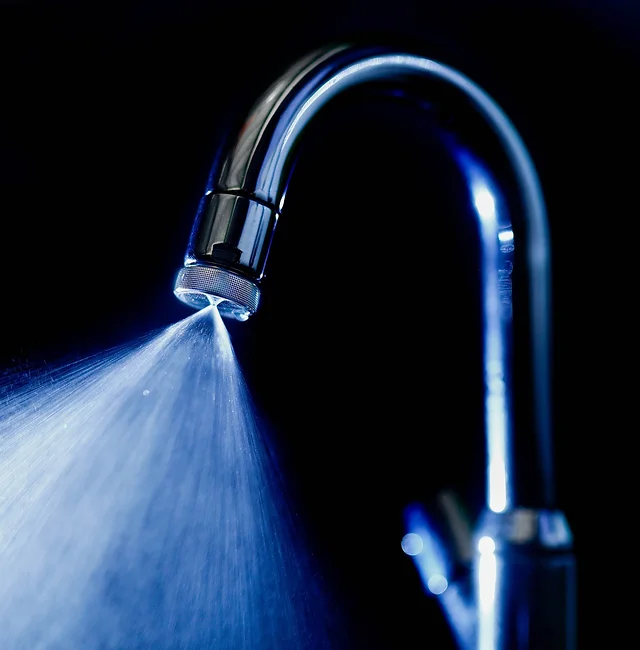Water, the elixir of life, sustains all forms of existence on our planet. As our world faces increasing challenges related to water scarcity, pollution, and the need for sustainable resource management, innovative solutions emerge to address these pressing issues. Among these solutions, the Aerator System stands out as a powerful tool for enhancing water quality, conserving resources, and promoting ecological balance. The Aerator System, a versatile technology, has found applications in various domains, from agriculture and aquaculture to wastewater treatment and recreational water bodies. Its primary function is to infuse oxygen into water, a process known as aeration, which brings about a multitude of benefits. One of the most crucial advantages of the Aerator System is its role in improving water quality. In stagnant or poorly oxygenated water bodies, various pollutants accumulate, leading to the depletion of dissolved oxygen and the proliferation of harmful microorganisms.

This can have devastating consequences for aquatic ecosystems and human health. The Aerator System acts as a lifesaver by introducing oxygen into the water, supporting aerobic microbial activity, and reducing the levels of harmful contaminants. This results in cleaner, healthier water that is more conducive to aquatic life and human use. Agriculture, a sector essential for food production, has greatly benefited from the Aerator System. In aquaculture, for instance, it is employed to maintain optimal oxygen levels in fish ponds. By ensuring a well-oxygenated environment, the Aerator System enhances fish growth, reduces stress, and prevents disease outbreaks. In crop irrigation, aerated water can boost soil health and nutrient absorption, leading to increased yields and reduced water consumption. Moreover, the Aerator System plays a pivotal role in wastewater treatment. As urban populations grow and industrial activities intensify, the treatment of wastewater becomes increasingly vital to prevent environmental contamination. Aeration tanks equipped with Aerator Systems facilitate the breakdown of organic matter through microbial action, leading to the efficient removal of pollutants and the production of clean water fit for release into the environment or safe reuse.
Recreational water bodies such as ponds and lakes also benefit from the Aerator System. These systems not only enhance water quality by preventing algae blooms and foul odors but also create aesthetically pleasing water features. They support a diverse aquatic ecosystem, making these areas ideal for fishing, swimming, and wildlife observation. In the context of environmental conservation, the Aerator System contributes significantly to the restoration of impaired ecosystems. In polluted lakes and rivers, it can help kickstart the recovery process by reintroducing oxygen and promoting the growth of native species. This approach aligns with the broader goal of sustainable water management and biodiversity preservation. As we navigate the challenges of climate change, the aeradores emerge as a climate-smart technology. In a warming world, water bodies are prone to increased temperature fluctuations and reduced oxygen levels. The Aerator System can mitigate these impacts by stabilizing water temperature and oxygenating it, providing a buffer against the adverse effects of climate change. Aerator System is a transformative technology with far-reaching implications across various sectors.